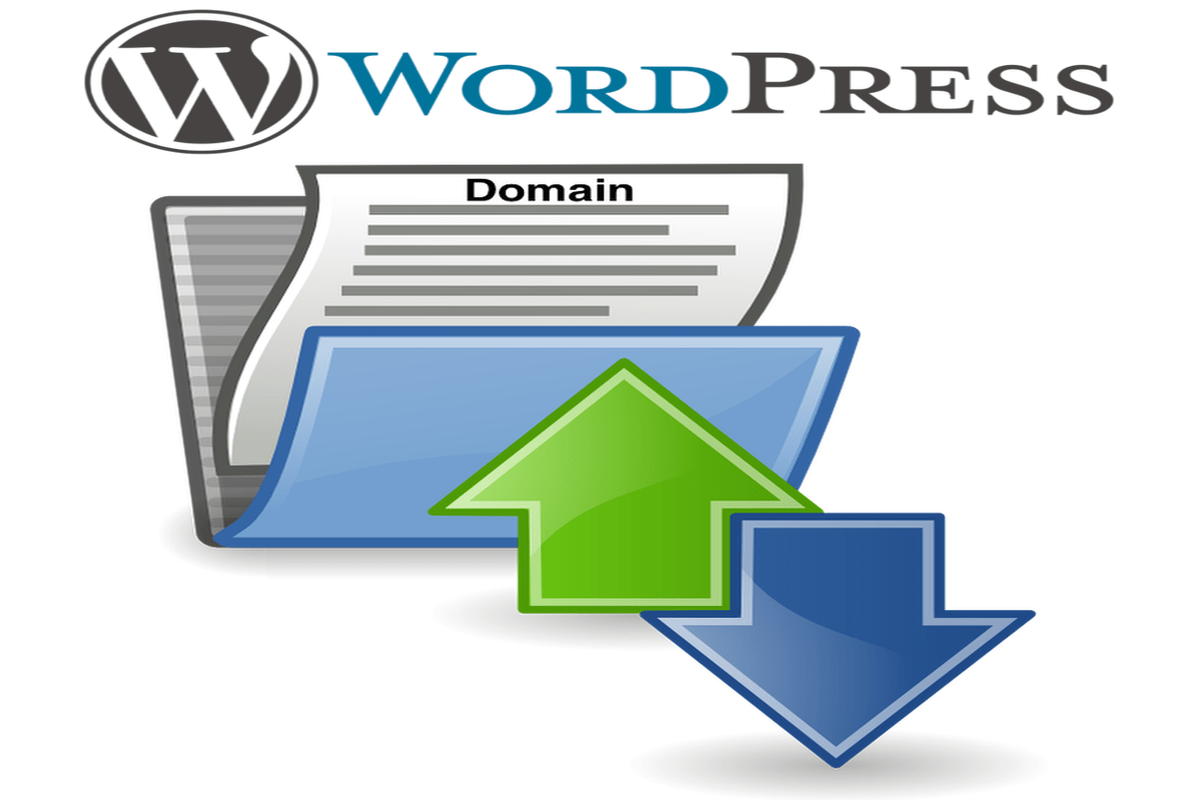Pros And Cons Of Eminent Domain: Striking A Balance
Eminent domain, the government's power to seize private property for public use, has historically sparked debate over its necessity.
While beneficial in promoting the common good, it can infringe on individual rights. The conflict between public and private interests has fueled significant discussion and legal challenges.
This article will delve into the pros and cons of eminent domain, examining its benefits and limitations within the context of modern society.
Pros and Cons of Eminent Domain
Balancing public and private interests, eminent domain presents key aspects that warrant careful consideration:
- Public Use
- Fair Compensation
- Government Authority
- Economic Development
- Property Rights
- Community Impact
- Historical Preservation
- Legal Challenges
These aspects intertwine, influencing the debate surrounding eminent domain. Understanding their nuances is crucial for informed discussions and policymaking.
Public Use
In the context of eminent domain, "public use" is a fundamental concept that shapes the debate surrounding its powers and limitations. It refers to the government's authority to seize private property for projects deemed to serve the greater good of the community.
- Infrastructure Development
Public use often encompasses infrastructure projects such as roads, bridges, and public transportation, which enhance connectivity and facilitate economic activity.
- Public Facilities
Eminent domain may be used to acquire land for public facilities like schools, hospitals, and libraries, which provide essential services and improve the quality of life for residents.
- Urban Renewal
In urban areas, eminent domain can be employed for urban renewal projects, such as slum clearance or the redevelopment of blighted areas, aimed at revitalizing communities and promoting economic growth.
- Environmental Protection
Public use can also extend to environmental protection efforts, including the acquisition of land for parks, nature reserves, or conservation areas, preserving natural resources and safeguarding ecosystems for future generations.
The concept of public use is central to eminent domain, justifying the government's ability to override private property rights for the benefit of the community. However, determining what constitutes a legitimate public use can be complex and often involves legal challenges and controversies.
Fair Compensation
Within the framework of eminent domain, "fair compensation" stands as a crucial element that directly influences the debate surrounding its pros and cons. It refers to the constitutional requirement that the government must provide just and reasonable payment to property owners whose land is seized through eminent domain.
Fair compensation serves as a balancing mechanism, aiming to mitigate the potential negative impacts of eminent domain on private property rights. By ensuring that landowners receive adequate compensation, the government can minimize financial losses and lessen the disruption caused by land acquisition. This, in turn, fosters public support for eminent domain and reduces the likelihood of legal challenges.
Real-life examples illustrate the significance of fair compensation in eminent domain. For instance, in the case of Kelo v. City of New London, the Supreme Court ruled that the government could use eminent domain to seize private property for economic development purposes. However, the Court also emphasized the importance of providing fair compensation to displaced homeowners, recognizing the potential financial and emotional toll of such actions.
Understanding the connection between fair compensation and eminent domain is essential for policymakers, legal professionals, and citizens alike. It shapes the boundaries of government authority, protects private property rights, and ensures that eminent domain is exercised fairly and equitably. By recognizing the importance of just compensation, we can create a more balanced approach to land acquisition for public use.
Government Authority
In the context of eminent domain, government authority assumes a pivotal role that shapes its pros and cons. Eminent domain is a powerful tool that allows the government to acquire private property for public use, often leading to complex debates about the balance between individual rights and societal needs.
The authority of the government in exercising eminent domain stems from its inherent power to act on behalf of the public. This authority is often enshrined in constitutions or statutes and is subject to legal frameworks that aim to protect private property rights. The government's authority in eminent domain grants it the ability to override individual ownership rights when deemed necessary for a compelling public purpose.
Real-life examples illustrate the practical applications of government authority in eminent domain. For instance, the construction of highways or public transportation systems often requires the acquisition of private land. In such cases, the government's authority allows it to acquire the necessary property, ensuring the development of critical infrastructure for the benefit of the community.
Understanding the connection between government authority and eminent domain is crucial for evaluating its implications. It highlights the delicate balance between the government's responsibility to promote the public good and its duty to safeguard individual property rights. This understanding aids in developing policies and legal frameworks that ensure the fair and equitable exercise of eminent domain, minimizing potential negative impacts on private landowners while fulfilling legitimate public needs.
Economic Development
Economic development is a crucial aspect of the pros and cons of eminent domain. It encompasses the various ways in which eminent domain is utilized to promote economic growth and revitalize communities.
- Infrastructure Improvements
Eminent domain enables the government to acquire land for infrastructure projects such as new roads, bridges, and public transportation systems. These projects enhance connectivity, facilitate commerce, and stimulate economic activity in the surrounding areas.
- Urban Renewal
Urban renewal projects often involve the use of eminent domain to acquire blighted or underdeveloped areas for redevelopment. This can lead to the creation of new housing, commercial spaces, and public amenities, revitalizing urban centers and attracting businesses and residents.
- Job Creation
Infrastructure projects and urban renewal efforts often lead to the creation of new jobs in construction, engineering, and other sectors. These projects can provide employment opportunities for local residents and boost the local economy.
- Increased Property Values
In some cases, eminent domain projects can increase property values in the surrounding areas. This is because the new infrastructure or amenities make the area more desirable to live and work in.
However, it is important to consider that eminent domain can also have negative economic impacts on individual property owners and businesses. Fair compensation must be provided to those whose property is taken, and the government must carefully weigh the public benefits of a project against the private costs.
Property Rights
Property rights are a fundamental aspect of the debate surrounding eminent domain. They represent the bundle of legal rights that an individual has over their property, including the right to possess, use, and dispose of it.
- Ownership
The right to own property is a core component of property rights. It includes the right to exclude others from using or occupying the property without the owner's consent.
- Possession
Property rights also encompass the right to possess the property, which means having physical control over it. This includes the right to occupy, use, and improve the property.
- Control
Property owners have the right to control their property, which includes the right to make decisions about how it is used and developed. This right is subject to certain limitations, such as zoning laws and building codes.
- Disposition
Property owners have the right to dispose of their property as they wish, including the right to sell, lease, or gift it. This right is essential for the efficient functioning of property markets.
Property rights are a complex and multifaceted issue, and they play a significant role in the debate over eminent domain. Understanding the various aspects of property rights is essential for evaluating the pros and cons of eminent domain and for developing policies that balance the public's need for land with the rights of individual property owners.
Community Impact
Community impact is a crucial aspect of the pros and cons of eminent domain, encompassing the various ways in which land acquisition for public use can affect communities and their members.
- Displacement
Eminent domain can lead to the displacement of residents and businesses, forcing them to relocate and potentially disrupting their social and economic ties to their community.
- Economic Impact
Eminent domain projects can have both positive and negative economic impacts on communities. While they can create jobs and boost economic activity, they can also lead to property value declines and loss of tax revenue for local governments.
- Social Impact
Eminent domain can disrupt social networks and community cohesion, particularly in close-knit communities where residents have strong ties to their homes and neighborhoods.
- Environmental Impact
Eminent domain projects can have environmental impacts, such as the loss of green space or the displacement of wildlife. These impacts can affect the quality of life for residents and the overall livability of the community.
Understanding the potential community impacts of eminent domain is essential for policymakers and planners. By carefully considering the costs and benefits, and involving community members in the decision-making process, they can minimize negative impacts and maximize the benefits of eminent domain projects.
Historical Preservation
Within the debate surrounding the pros and cons of eminent domain, historical preservation occupies a unique and contested space. It presents both opportunities and challenges in balancing the need for development with the preservation of our collective heritage.
- Protecting Cultural Identity
Eminent domain can be used to preserve historic landmarks, buildings, and districts that embody the cultural identity of a community. This helps maintain a sense of place, continuity, and connection to the past.
- Economic Benefits
Preservation projects can stimulate economic activity through tourism, job creation, and increased property values, contributing to the revitalization of historic areas.
- Educational Value
Historic sites serve as valuable educational resources, providing tangible connections to history and fostering an appreciation for our built environment.
- Balancing Interests
Weighing the benefits of preservation against the potential displacement of residents and businesses is crucial. Finding a balance ensures that preservation efforts do not come at the expense of vulnerable communities.
The historical preservation aspect of eminent domain showcases the intricate relationship between progress and heritage. It requires careful consideration of cultural, economic, and social factors to strike a harmonious balance between development and the preservation of our shared past.
Legal Challenges
Within the context of eminent domain, legal challenges play a critical role in shaping the debate surrounding its pros and cons. These challenges stem from the inherent tension between the government's authority to acquire private property for public use and the fundamental right to private property ownership.
Legal challenges to eminent domain often focus on two main aspects: the legitimacy of the public purpose and the fairness of the compensation provided to property owners. Plaintiffs may argue that the government has overstepped its authority by taking property for a purpose that is not truly public or that the compensation offered is inadequate.
One notable example of a legal challenge to eminent domain is the case of Kelo v. City of New London, which reached the Supreme Court in 2005. In this case, the city of New London, Connecticut, used eminent domain to seize private property for economic development purposes. The Supreme Court ruled in favor of the city, holding that the government has the authority to take private property for economic development if it is part of a comprehensive plan to revitalize a blighted area.
Understanding the connection between legal challenges and the pros and cons of eminent domain is essential for policymakers, legal professionals, and citizens alike. Legal challenges can influence the scope and application of eminent domain, ensuring that it is exercised fairly and in accordance with constitutional principles. By carefully considering the arguments and outcomes of legal challenges, we can refine our understanding of the balance between public and private interests in the context of eminent domain.
In exploring the multifaceted nature of eminent domain, this article has illuminated both its potential benefits and drawbacks. We have examined the government's authority to acquire private property for public use, the importance of fair compensation for landowners, and the impact of eminent domain on economic development, property rights, and communities.
Key considerations that emerge from this analysis include the need to strike a balance between public and private interests, the importance of fair and transparent processes, and the potential for both positive and negative consequences arising from the use of eminent domain. Understanding these complexities is crucial for informed decision-making and for ensuring that eminent domain is exercised responsibly and equitably.
Unmasking The Fboys: A Deep Dive Into "Peter Park Fboy Island"
Noah D Edelman: A Visionary Philanthropist Transforming Society
Louis John Ruggiero: The Epitome Of Legal Excellence

The Pros and Cons of Eminent Domain for Public Use in Texas — Sewell

Should I Transfer My Domain To WordPress? Pros, Cons And FAQs! WP

Pros and cons of using your own name as Domain Curvearro
ncG1vNJzZmiukam%2Fqq2NrJ2oal6Ztqi105qjqJuVlru0vMCcnKxmk6S6cLzRqKpmmZ6ZeqS7zaxkqJ5dmrqqusSnq2acn6KuqrqNoaumpA%3D%3D